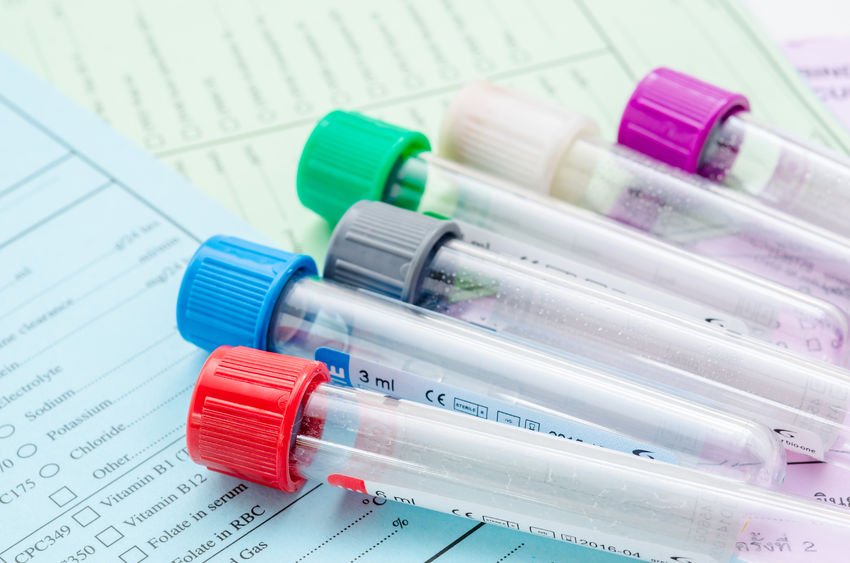
Fungal Culture Hair
What is this test?
Fungal culture hair is performed on a hair sample to check for the fungal growth on it. This test helps to know whether you have hair fungal infections or not.
What are hair fungal infections?
Fungal organisms are found anywhere in the environment. They exist as two forms yeasts and molds. The fungal organisms that exhibit a temperature-dependent switch between these two forms are known as dimorphic. These organisms can cause infections in individuals with poor immunity.
Candida species are the most common form of yeasts that cause fungal infections. These fungal organisms cause bloodstream infection with involvement of other organs. Cryptococcus species are another form of yeasts which can cause infections especially in individuals with poor immunity. Aspergillus genus members are a form of molds which can cause diseases and can trigger the allergic reactions in many individuals. Rhizopus, Mucor, Rhizomucor etc are other forms of molds that rarely cause infection. Histoplasmosis, blastomycosis, sporotrichosis, coccidioidomycosis, paracoccidioidomycosis, and chromoblastomycosis are fungi that are dimorphic in nature. These fungal organisms exist as yeast form in infected individuals (host) and as a mold form in the environment.
Hair fungal infections are infections in hair caused by fungal organisms. Ringworm is the most common causative organism for fungal infection of the scalp and hair shafts. It is more common in children. It can occur in normal individuals and also who have poor immunity. Ringworm infections can spread from one individual to another through contact or by sharing towels, hats, combs, or pillows. Poor hygiene also can lead to this infection.
The signs and symptoms of hair fungal infections are low-grade fever, patches of scaly skin above the scalp, grey or reddened areas on the scalp, brittle or fragile hair, tender or painful areas on the scalp, itchy patches, bald patches on the head, etc. Severe fungal infections can cause scarring or permanent hair loss.
Why this test is performed?
This test is performed as part of routine health screening or to determine the presence of fungal growth on the hair sample. Your doctor may ask to perform this test if you experience any signs and symptoms of hair fungal infections such as low-grade fever, patches of scaly skin above the scalp, grey or reddened areas on the scalp, brittle or fragile hair, tender or painful areas on the scalp, itchy patches, bald patches on the head, etc. This test is also performed to monitor and evaluate the treatment effectiveness in individuals receiving treatment for hair fungal infections. However, your doctor may ask to perform a susceptibility testing on the fungi isolated from this culture test to determine the antifungal treatment.
Also known as Fungal Culture and Sensitivity Hair.
Test Preparation
Inform your doctor if you are on any medications, have any allergies or underlying medical conditions before your Fungal Culture Hair. Your doctor will give specific instructions depending on your condition on how to prepare for Fungal Culture Hair.
No specific preparation is required for this test. However, follow all the instructions given by your healthcare provider.
Understanding your test results
The test results may be vary depending on gender, age, health conditions, and other factors.
If the culture test is positive it may indicate the growth of fungal organisms on the hair sample. It may indicate the presence of hair fungal infections. However, a few more additional tests may also be performed depending on the suspected cause and typical results, along with the physical symptoms to diagnose the exact infection.
If the culture test is negative it means no growth of fungal organisms is detected from the hair sample
Based on the test results, your doctor may advise you appropriate medical treatments or further diagnostic tests.
| Gender | Age groups | Value |
| UNISEX | All age groups | The growth observed depends on the type of the fungal organism that grows |